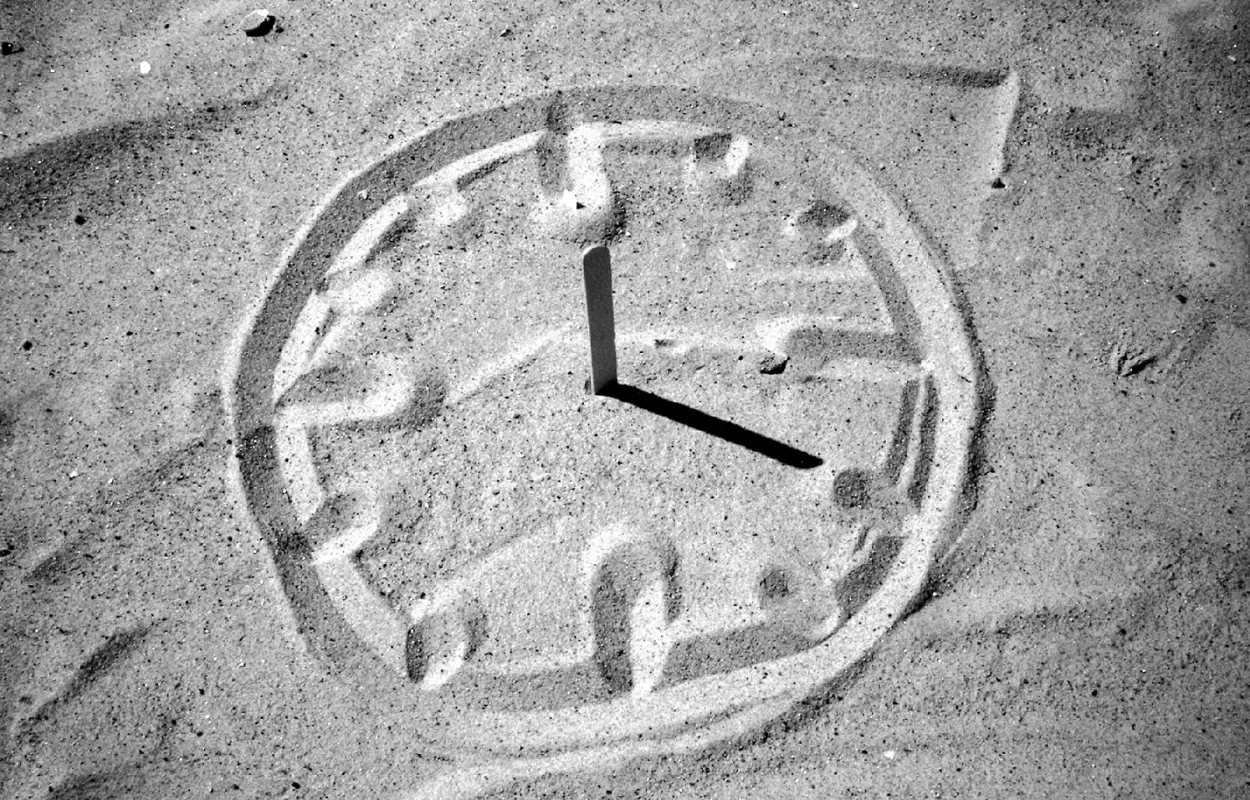Understanding Sundials: Ancient Timekeeping Tool
What is Sundial?
A sundial is one of the oldest tools used by humans to tell time. Long before clocks and watches were invented, people used the position of the Sun in the sky to figure out what time of day it was. A sundial works by casting a shadow — and that shadow tells the time!
How Does It Work?
A sundial has a flat surface, usually marked with numbers like a clock. In the center, there's a stick or a triangular blade called a gnomon (say it like "noh-mon"). When sunlight hits the gnomon, it casts a shadow on the flat surface. As the Sun moves across the sky during the day, the shadow moves too. By looking at where the shadow falls, you can tell what time it is. The idea is simple, but effective — because the Sun appears to move from east to west every day.
Where Did Sundials Come From?
Sundials were used by many ancient civilizations — the Egyptians, Greeks, Romans, and even in ancient India and China. They designed beautiful and accurate sundials to help farmers, builders, and travelers know the right time of day.

What Do You Need to Make One?
You can make a sundial with just a piece of paper, a stick, and some sunlight! Place the stick upright in the center, mark where the shadow falls every hour, and label it. That’s your very own sundial. Some people even draw circles and decorate theirs with colorful designs.
Fun Fact!
The gnomon of a sundial must point towards the North Pole (in the Northern Hemisphere) for it to show the correct time. And the angle of the gnomon should match the latitude of the place where you’re using the sundial.
You might also like
